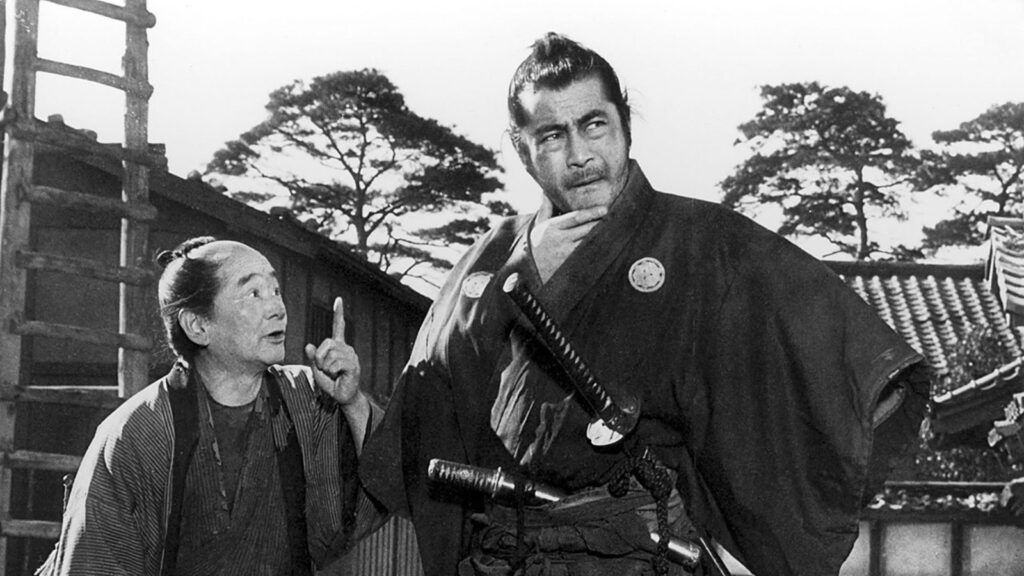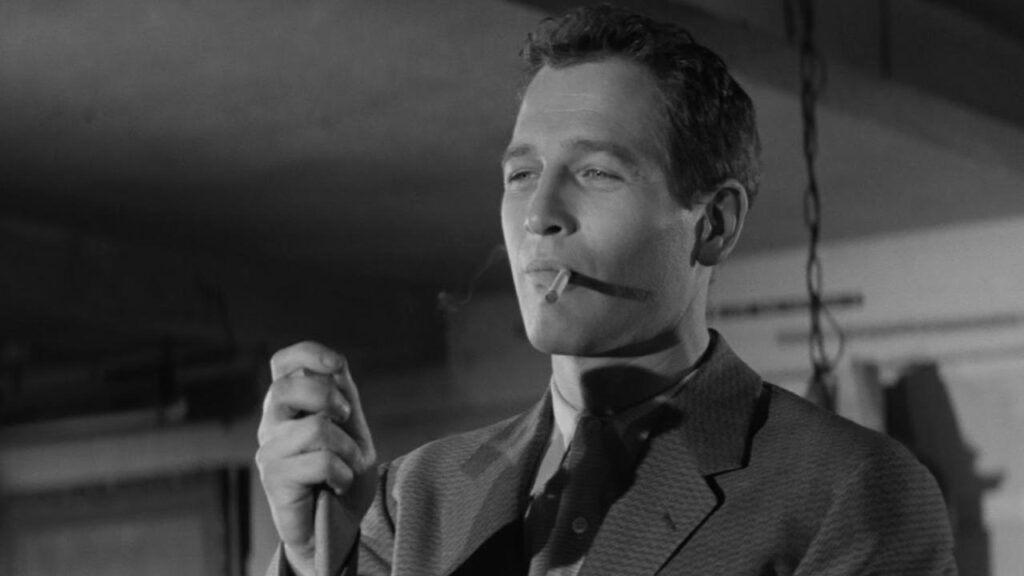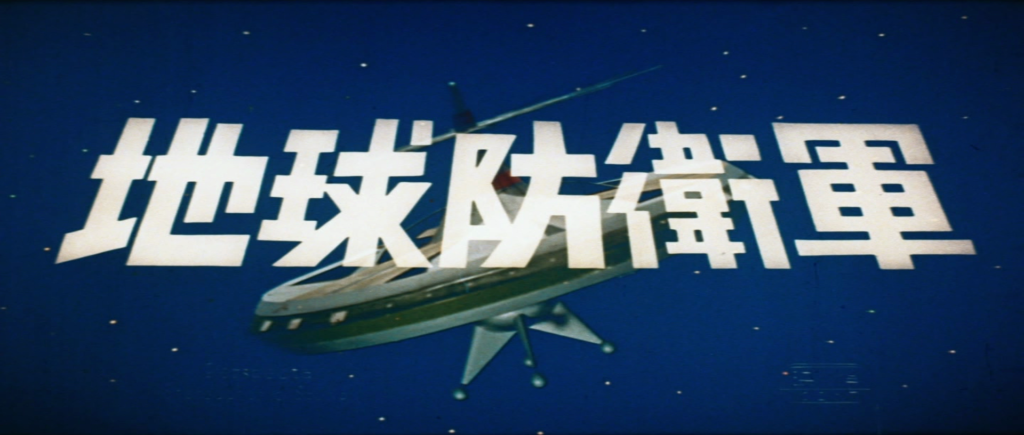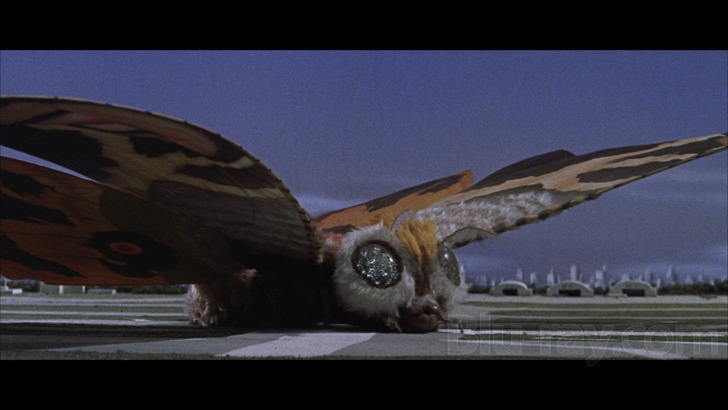
Mothra (1961) – Film Review
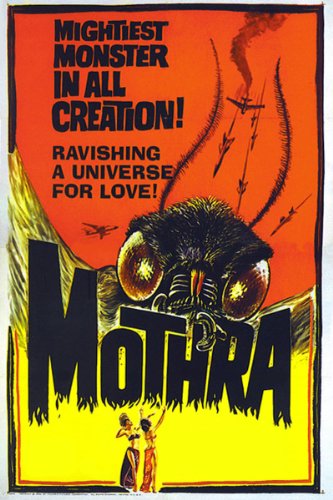
“Mothra,” the 1961 Japanese kaiju classic, flutters into the monster movie genre with a flamboyance that’s as grandiose as it is ridiculous. Directed by Ishirō Honda, the maestro behind “Godzilla,” this film takes a distinct detour from its predecessors by introducing a protagonist that’s less a symbol of nuclear dread and more a fantastical creature ripped from the pages of a mythological epic. Mothra, the giant, deity-like moth, manages to be both awe-inspiring and unintentionally comical, a dichotomy that defines the film’s very essence.
Plot: The Lepidopteran Legend Unfolds
“Mothra” tells the story of a gigantic, irradiated moth and its quest to rescue its tiny twin priestesses, known as the Shobijin, who are kidnapped from their idyllic island and exploited for showbiz in Tokyo. The plot, which attempts to fuse traditional monster-movie elements with a fairy-tale-like narrative, is as whimsical as it is convoluted. The movie oscillates between scenes of Mothra wreaking havoc and human characters engaged in a rescue mission that feels more like a slapstick comedy routine.
Behind the Magic: Production and Special Effects
The behind-the-scenes efforts in creating Mothra’s world are a testament to the imaginative ambition of the filmmakers. The special effects, supervised by Eiji Tsuburaya, are a mixed bag of ingenuity and glaringly obvious model work. Mothra’s larval form, a giant caterpillar, is brought to life through a combination of puppetry and suitmation, a technique popular in kaiju films. The transformation of Mothra from larva to a full-fledged moth is a spectacle of practical effects, albeit one that has aged with all the grace of a fine cheese.
The sets, ranging from the lush Infant Island to the miniature Tokyo, showcase a meticulous attention to detail. However, they also exude a charming artificiality that makes it impossible to forget you’re watching a film, especially when Mothra, in all her winged glory, descends upon these carefully constructed cityscapes.
Characterization: As Deep as a Puddle
The human characters in “Mothra” serve largely as narrative props. Their development is perfunctory, and their interactions often border on the absurd. The film’s focus on the spectacle of Mothra means that any attempt at character depth is swiftly overshadowed by the next scene of destruction or the twins’ next ethereal musical number. The Shobijin, played by the Ito twins, are arguably the most memorable characters, not for their depth but for their novelty and the dreamlike aura they bring to the film.
Themes: Heavy-handed Metaphors and Social Commentary
“Mothra” attempts to weave in themes of environmentalism, exploitation, and the dangers of nuclear testing. These themes are delivered with the subtlety of a sledgehammer, making the film’s message both unmistakable and somewhat underdeveloped. Mothra herself is a symbol of nature’s wrath, a guardian who acts in response to humanity’s greed and ignorance. This environmental message is interwoven with critiques of Western exploitation and the folly of underestimating ancient powers, themes that resonate with post-war Japanese sentiment.
Cultural Impact and Legacy
The introduction of Mothra added a new dimension to the kaiju genre, bringing in elements of fantasy and mythology that would influence subsequent monster films. Mothra’s legacy is not only in her uniqueness as a kaiju but also in how she broadened the scope of what a monster movie could be. The film spawned several sequels and remakes, each iterating on the mythos of Mothra in new and often bizarre ways.
In reviewing “Mothra,” it’s important to acknowledge its place in cinema history while also recognizing its inherent flaws. The film is an ambitious, sometimes clumsy, melding of myth and modernity. It’s a cinematic ride that’s as bumpy as it is visually fascinating. In a genre known for its over-the-top creatures and scenarios, “Mothra” stands out for its attempt to blend traditional monster-movie thrills with a story that’s almost fairy-tale-like in its execution. A beautiful film that will withstand the test of time.

